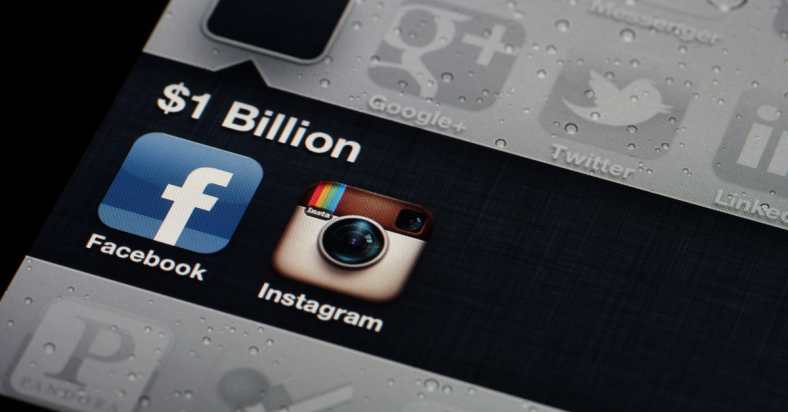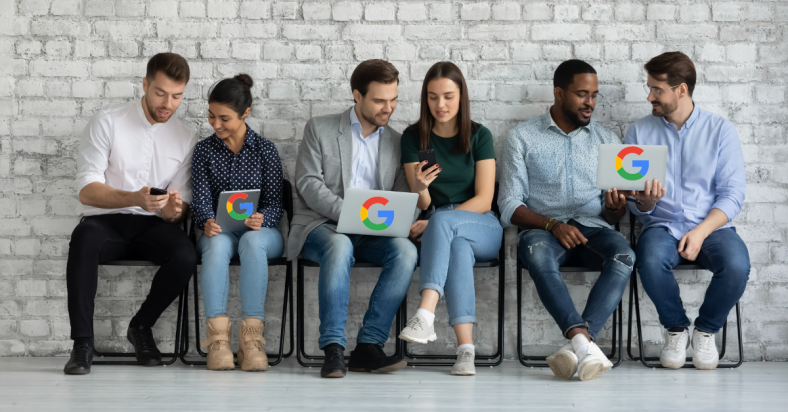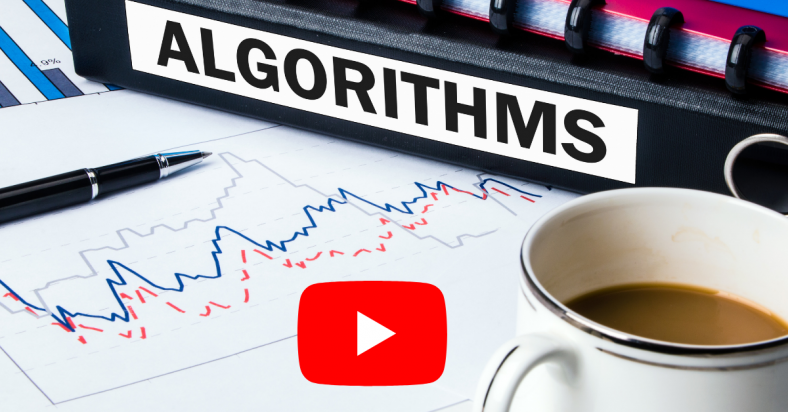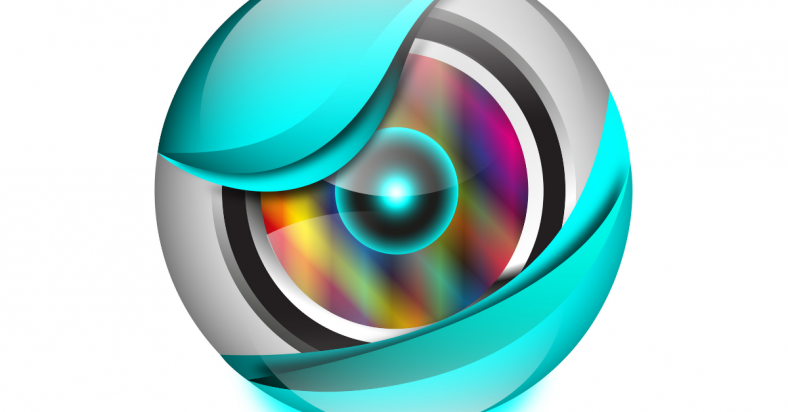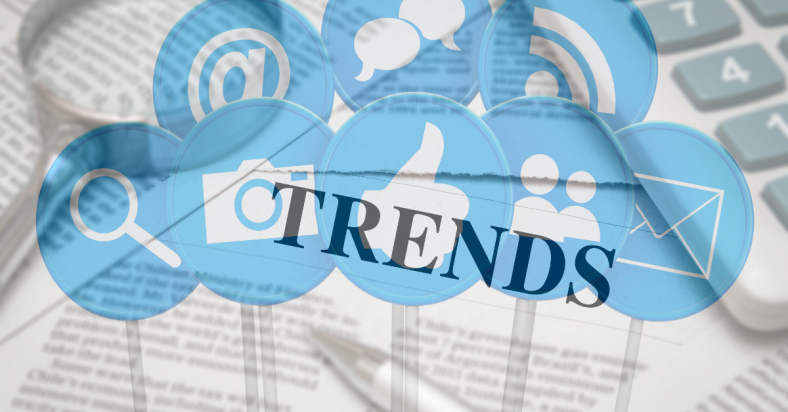Facebook and Instagram both house a range of ad and campaign types. One of these is instant experiences ads. A social media agency Hong Kong suggests using such an ad type if your ads are underperforming. This is because using instant experiences ads on Facebook and Instagram is a better way to engage your prospects.
According to a digital marketing speaker Hong Kong, instant experiences ads are an immersive alternative to Facebook and Instagram campaigns. They display on full screen and are mobile-optimized. As such, they make it easier for brands and businesses to engage their target audiences. Even a video marketing agency Hong Kong notes that instant experiences ads can load 10x faster than ordinary ads on Facebook and Instagram.
What is Instant Experience?
Instant Experience (IX) is a type of mobile ad that is available both on Facebook and Instagram. Via IX, people can do the following:
- Complete a form
- Explore lifestyle images with tagged products
- Quickly view product catalogs
- Swipe photos through Carousels
- Watch engaging videos
They can be used in almost all types of Facebook and Instagram ad formats such as carousel, collection, single image, slideshow, and video.
Most instant experiences ads on Facebook and Instagram are relatively simple. Users can see an image, slogan, or video with a link. Once they click the link, they will be taken to a catalog, newsletter sign-up, or online shop. As it opens a full-screen piece of content, it makes the audience engage better.
Benefits of Instant Experiences Ads
There are lots of benefits that Instant Experiences Ads can offer on Facebook and Instagram. First, they help capture the audience’s attention. This fast-loading mobile-optimized ad allows first-time visitors to avoid the wait of slow-loading images and videos.
Second, they can help highlight your products and services through full-screen visual experiences. Connecting your catalog with elected templates can share more information with viewers who are interested in your brand.
Third, you can tell your brand story using creative elements, descriptive texts, and link buttons. When creating a custom Instant Experience, brands and businesses can choose between multiple templates that guide people with better experiences.
Using Instant Experiences Ads on Facebook and Instagram
To create a custom Instant Experience, go to the Ads Manager. Start with choosing any of the following campaign objectives:
- App installs
- Brand awareness
- Catalog sales
- Engagement
- Reach
- Store traffic
- Traffic
- Video views
Each campaign objective features an IX template.
Second, you will need to choose from a range of ad placement options.
- Single image or video that can be placed on the Explore tab, group feed, main feed, Marketplace, newsfeed, and Stories.
- Carousels that can be placed on Marketplace, newsfeed, search results, and Stories.
- Collections that can be placed in the Explore tab, main feed, and newsfeed.
The recommended image width for an IX image is 1080 pixels. While the recommended image height is 1920 pixels. They should be in either.png or .jpg format. For videos, the maximum length is 2 minutes. The same goes for a slide of up to 20 images. The runtime for the slide should be at the most, within 2 minutes. The video should be at least 720p and must be in .mp4 or .mov format.
The third step is choosing a list of IX templates.
- An AR Experience template offers camera effects and interactive elements from Spark AR. They are currently offered on video ads and not on static images.
- Custom IX templates allow brands and businesses to customize their IX ads based on their preferences.
- Customer acquisition templates focus on the discovery of new products among old and new customers. They are similar to a classic landing page.
- Lookbook shows off products in context instead of displaying them in a grid.
- Sell products templates allow brands and businesses to share catalogs on Facebook and Instagram.
- Storefront IX templates link directly to your Facebook store catalog.
- Storytelling IX templates allow you to create an informational mailer or newsletters.
Now, the rest of using instant experiences ads on Facebook and Instagram is up to you!
Reference: https://www.socialmediaexaminer.com/how-to-use-instant-experiences-on-facebook-and-instagram/

